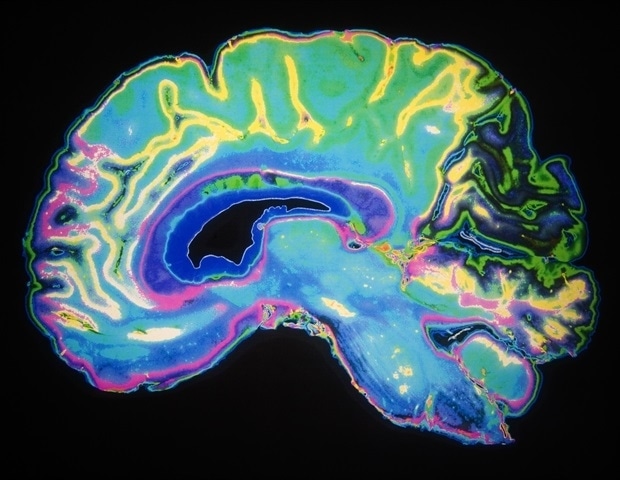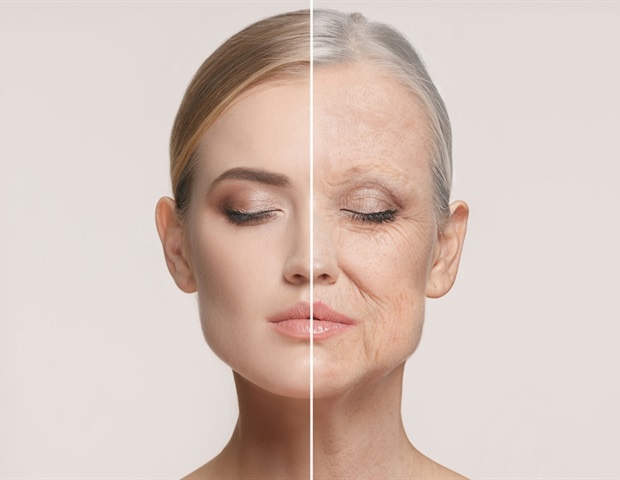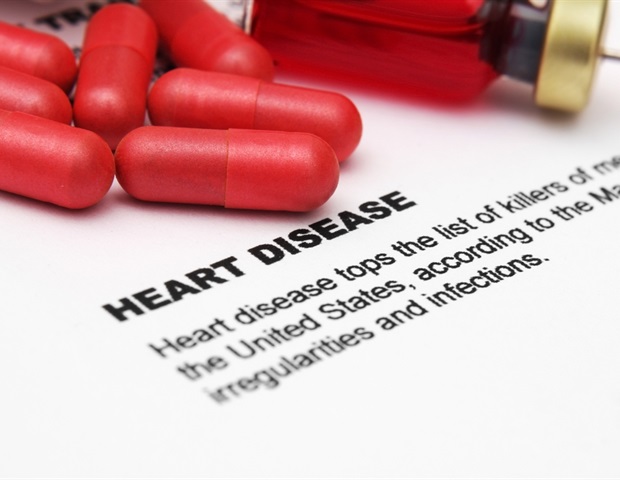(*1*)
WEDNESDAY, Might 18, 2022
A mixture of genetic testing and well being screenings might determine greater than 1 million U.S. adults with an inherited threat for a ldl cholesterol dysfunction that will increase their threat for untimely coronary heart assault and dying, in line with a brand new research.
About 1 in 250 Americans could have at least one gene for familial hypercholesterolemia, which might trigger elevated ranges of low-density lipoprotein (LDL) ldl cholesterol, usually known as “dangerous ldl cholesterol.”
“At present, most people aren’t recognized with familial hypercholesterolemia till they’re of their 50s,” mentioned lead writer Brandon Bellows, an assistant professor of medical sciences at Columbia College. “If a younger grownup is recognized to have familial hypercholesterolemia, they’d possible profit from earlier and extra aggressive remedy to stop coronary heart assault and stroke.”
Amongst people with one gene for the dysfunction, the common age for a primary coronary heart assault if the situation just isn’t handled is 50 years for males and 60 for ladies. That compares to 66 years for males and 72 for ladies within the normal inhabitants.
These with two genes (one from every guardian) for familial hypercholesterolemia have far increased ranges of dangerous ldl cholesterol and coronary heart illness, and it begins throughout childhood or their teenagers, in line with the researchers.
The research was revealed Might 18 within the Journal of the American Coronary heart Affiliation.
The American Coronary heart Affiliation (AHA) recommends that everybody 20 and older have their ldl cholesterol and different coronary heart threat elements checked each 4 to 6 years if their threat stays low. However screening for familial hypercholesterolemia screening just isn’t normal.
Genetic testing is out there however will not be inexpensive. The AHA says genetic testing for cardiovascular illnesses ought to sometimes be restricted to folks with a confirmed or suspected analysis of a situation and to these with a identified disease-causing gene of their household.
This research examined the impression of screening for familial hypercholesterolemia utilizing threat elements similar to levels of cholesterol and early coronary heart illness in an individual or shut member of the family (guardian, sibling or youngster), each with and with out genetic testing.
Utilizing well being information and genetic take a look at outcomes from about 50,000 40- to 69-year-olds in the UK, researchers estimated the proportion who had a familial hypercholesterolemia gene.
They then used the relationships discovered within the U.Okay. knowledge to estimate the speed in practically 40,000 U.S. adults 20 and older with no genetic take a look at outcomes.
The researchers concluded that screening alone would determine 3.7 familial hypercholesterolemia instances for each 1,000 U.S. adults. Genetic testing would determine 3.8 instances per 1,000.
When each scientific standards and genetic testing have been mixed, 6.6 instances per 1,000 adults screened can be recognized, the research discovered.
Amongst youthful Americans ages 20 to 39, screening alone would determine 1.3 instances per 1,000. Including genetic testing would carry the speed to 4.2 per 1,000, researchers mentioned.
“We have to do extra to help familial hypercholesterolemia screening applications,” Bellows mentioned in a journal information launch.
Screening ought to embrace each scientific elements and genetic testing, he mentioned.
“People with excessive levels of cholesterol or with a member of the family that had a coronary heart assault at a younger age ought to bear genetic testing for familial hypercholesterolemia,” Bellows mentioned. “Early analysis and remedy of familial hypercholesterolemia are the very best methods to cut back the chance of early coronary heart assault or stroke.”
Extra info
The U.S. Genetic and Uncommon Illness Data Middle has extra on familial hypercholesterolemia.
SOURCE: Journal of the American Coronary heart Affiliation, information launch, Might 18, 2022
By Robert Preidt HealthDay Reporter
Copyright © 2021 HealthDay. All rights reserved.

SLIDESHOW
The best way to Decrease Your Cholesterol & Save Your Coronary heart
See Slideshow






